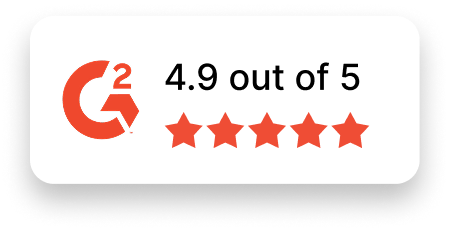NLP Engineer (Natural Language Processing Engineer) Job Description Template
Use this template to craft job descriptions for hiring NLP Engineers at various levels. Tailor it to suit your organization’s specific needs.
Job Title: NLP Engineer (Natural Language Processing Engineer)
Location: [Specify Location or Remote]
Job Type: [Full-time/Part-time/Contract]
About the Role
We are seeking a talented NLP Engineer to join our dynamic team and help create innovative solutions that leverage Natural Language Processing. This role will involve designing, building, and optimizing NLP models to solve real-world problems, improve communication systems, and extract insights from unstructured data. You will work closely with cross-functional teams to integrate language models into products and services, driving valuable outcomes.
If you are passionate about language, technology, and building AI-driven solutions, we encourage you to apply.
Responsibilities
- Design, develop, and deploy NLP models to address diverse business challenges.
- Work on tasks such as text classification, sentiment analysis, named entity recognition, machine translation, and more.
- Implement and fine-tune cutting-edge NLP algorithms and approaches, including transformer models such as BERT, GPT, and others.
- Preprocess and clean large datasets to create training/evaluation pipelines for language models.
- Develop APIs and deploy NLP-based systems to integrate with existing services and applications.
- Collaborate with data scientists, machine learning engineers, and software developers to deliver end-to-end solutions.
- Monitor system performance and optimize model accuracy, efficiency, and scalability.
- Stay updated with advancements in NLP research and implement state-of-the-art techniques where applicable.
- Document processes, methodologies, and codebases for collaboration and reproducibility.
- Adhere to data privacy guidelines while handling sensitive text-based information.
Required Skills & Experience
- Bachelor’s or Master’s degree in Computer Science, Data Science, Machine Learning, or a related field (or equivalent experience).
- Proven expertise in Natural Language Processing and working with unstructured text data.
- Hands-on experience with NLP libraries and frameworks such as SpaCy, NLTK, Hugging Face, or TensorFlow/Keras.
- Proficiency in programming languages such as Python, with strong knowledge of data manipulation libraries like pandas and NumPy.
- Thorough understanding of deep learning techniques, including RNNs, LSTMs, and transformers.
- Familiarity with vector representations of words like Word2Vec, GloVe, or FastText.
- Experience with cloud platforms (AWS, Azure, or GCP) and containerization tools such as Docker or Kubernetes is a plus.
- Excellent problem-solving skills and the ability to work in a fast-paced environment.
- Strong communication skills to effectively interact with technical and non-technical stakeholders.
- A passion for AI and a commitment to continuous learning.
Why Join Us?
- Impactful Work: Develop NLP solutions that improve user experiences and solve complex problems.
- Career Growth: Enhance your expertise through cutting-edge projects and ongoing professional development.
- Flexibility: Benefit from remote or hybrid work arrangements to support work-life balance.
- Collaborative Team: Be part of an innovative team that values collaboration and knowledge sharing.
- Inclusive Culture: Join an organization that values diversity and works to foster an equitable and supportive workplace.
Apply Now
Are you ready to turn text into intelligent systems and insights? Join [Your Company Name] as an NLP Engineer and contribute to building transformative language technologies. Apply today!

